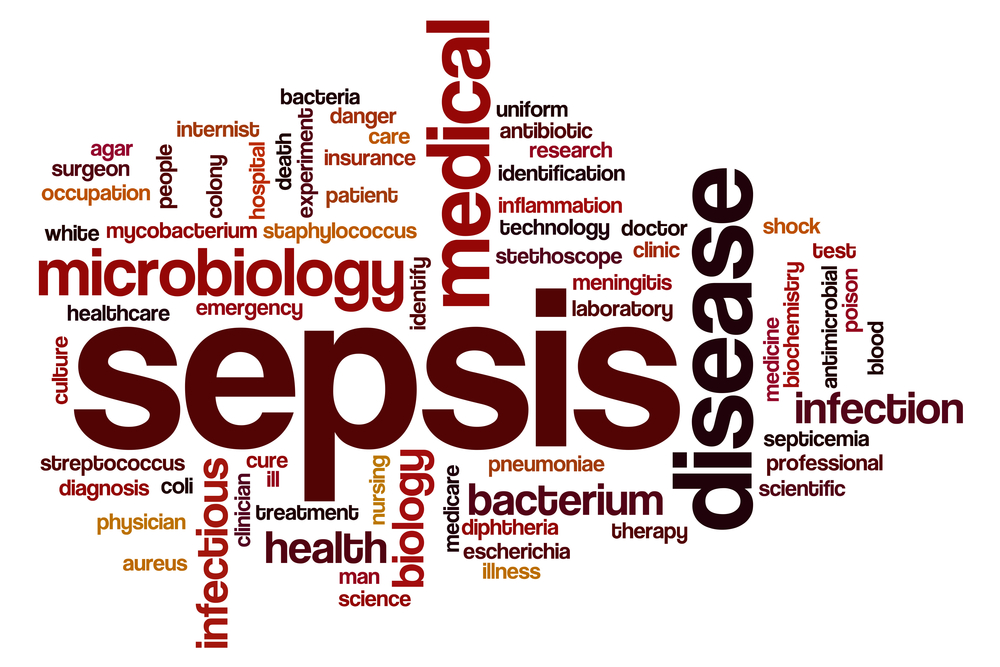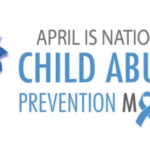by Annette Pinder
I learned about sepsis when my mother-in-law contracted it while recuperating from minimally invasive heart surgery. Although she survived the procedure, she did not survive sepsis.
According to the Sepsis Alliance, sepsis is the body’s life-threatening, overactive, and toxic response to an infection that can lead to tissue damage, organ failure, and death. It is a medical emergency that requires rapid diagnosis and treatment to avoid severe sepsis and septic shock.
When our immune system is working properly, it can fight common invaders that cause infections, such as bacteria, viruses, fungi, or parasites. Sometimes, healthy bodies need a boost to help fight an infection with antibiotics, antivirals, or antifungals. However, if our body’s immune system stops fighting an invasive infection, it can turn on itself and cause sepsis.
People who are very young, very old, have a chronic illness, and a weakened immune system, are at a higher risk of contracting an infection and developing sepsis. Knowing the symptoms of sepsis by remembering the acronym TIME is helpful.
Temperature. Having an abnormal higher or lower temperature than 98.6oF.
Infection. Having a local infection, such as a urinary tract infection, pneumonia, infected cut; a fever accompanied by overwhelming fatigue or pain; having a recent surgery; a break in the skin; or exposure to someone who is ill.
Mental decline. Being confused, sleepy, difficult to rouse, and having dementia-like symptoms are frequent signs of sepsis in the elderly.
Extreme Illness. Severe pain, discomfort, shortness of breath, and feeling the worst one has ever felt are symptoms.
When sepsis is not identified, it can lead to severe sepsis and organ dysfunction. Signs include difficulty breathing, low or no urine output, abnormal liver tests, and changes in mental status. Severe sepsis typically requires treatment in an intensive care unit (ICU). The most severe level of sepsis is septic shock, which occurs when a person’s blood pressure drops to dangerous levels.
The estimated annual cost for caring for acute sepsis patients in the U.S. is about $62 billion. Sepsis is also the primary cause for hospital readmissions, at a cost of $3.5 billion annually. Sadly, 30 percent of sepsis patients do not survive, and up to 50 percent of patients experience post sepsis syndrome (PSS), resulting in difficulty sleeping, fatigue, breathing problems, muscle or joint pain, limb swelling, repeat infections, poor appetite, organ function problems, hair loss, skin rash, and mental and emotional issues. ICU patients and those who remain in the hospital for an extended period of time are at a much higher risk of contracting PSS.
The Sepsis Alliance notes that people with severe COVID-19 have viral sepsis and severe illness, and that symptoms associated with post-COVID syndrome are identical to PSS, except for the loss of taste and smell. Researchers know why people get sepsis, but say that until a cure is found, early detection and treatment are vital for survival.












